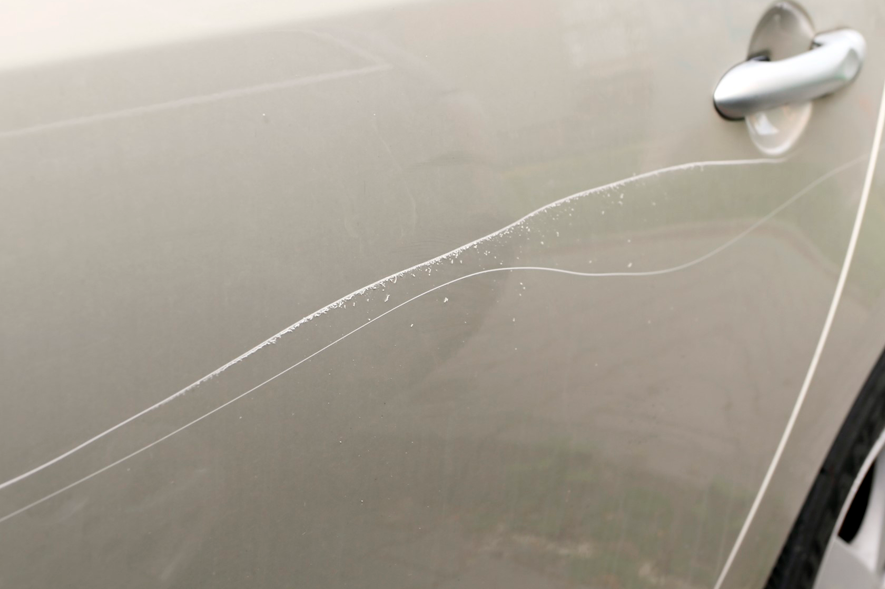
12.3 million spanish drivers have had their cars vandalised
- 12.3 million Spanish drivers (45%) have had their cars vandalised at some point, mainly resulting in paint scratches (36%), damage to mirrors (21%) and broken windows (15%).
- Around 850,000 drivers in our country (3%) admit to having intentionally damaged another car. The most common reasons were "personal revenge" (44%), because the damaged vehicle "was poorly parked" (34%) or "because it was new" (15%).
- The most common acts of vandalism tend to take place in the street (90%), perpetrated by young people with no significant differences between genders.
- 11.7 million drivers in our country (43%) have suffered damage to their cars without the responsible party leaving their details, thereby preventing any kind of insurance claim.
- More than 3 million drivers (11%) admit to having left the scene of an accident without providing their details. Their reasons: "panic" (43%), "because someone has done the same thing to me" (29%) or "so as not to make my insurance more expensive" (22%).
- Incivility on the roads accounts for 40% of reports with no counterparty, 22% for vandalism and 18% for hit-and-run drivers. The estimated cost to insurers soars: 930 million euro per year, a figure to which should be added the amounts paid by drivers who do not have comprehensive insurance.
- Valencia (50%), Murcia (49%) and the Basque Country (49%) are the autonomous communities with the highest percentage of drivers who say they have suffered vandalism to their vehicles.
Madrid, 28 February 2023. Who has not had this happen to them? Scratched doors, ripped off mirrors, smashed windows, or finding a dent in the car with no one having left a note. These are not mere pranks: these are actions that create very unfair situations and can sometimes have serious legal consequences.
The two most common types of road incivility are vandalism (that is, intentionally causing damage to a vehicle), and hit-and-run (fleeing the scene of an accident), which together make up for 40% reports with no counterparty in Spain (22% for vandalism and 18% for hit-and-run).
The result is that 12.3 million drivers (45%) claim to have suffered vandalism to their cars on occasion and 11.7 million (43%) have found their car damaged without the responsible party having left their details.
But what about the aggressors? How many Spaniards admit to having engaged in these behaviours? Around 850,000 drivers in our country (3%) admit to having deliberately damaged another car, and 3.1 million (11%) to having fled the scene of an accident without leaving their details for the injured party, a common reaction when the owner of the damaged car is not present (71% of the time).
These are the main conclusions reached by the study "STOP INCIVILITY. ‘Keyed cars’: a look at road vandalism in Spain” put together by Línea Directa Aseguradora from a survey conducted on 1,700 drivers across the country.
In the words of Mar Garre, Director of People, Communication and Sustainability at Línea Directa Aseguradora, “with this study we want to raise awareness the problem posed by acts of vandalism and by drivers who flee after damaging others. Almost half of Spanish drivers have been affected by these acts, leaving them defenceless in many cases. As a society, we must prosecute such uncivil behaviour and, as drivers, we must take responsibility for our driving and for the harm we may cause others."
Línea Directa Aseguradora estimates that the cost that insurers have to bear each year may exceed 930 million euro, to which would have to be added the amounts paid by the owners of the damaged vehicles. In cases of vandalism, the owner of the damaged car pays for the repair 54% of the time and in hit-and-run cases, 41% of the time, because they have not taken out all-risk insurance. Insurers pay for 37% of vandalism reports and 50% of reports of damages caused by hit-and-run drivers. In both cases, the car remains unrepaired in 9% of cases.
What road incivility reports look like
The most frequent acts of vandalism are scratches (36%), damage to mirrors (21%) and broken windows and windscreens (15%). The reasons: “personal revenge” (44%), because the damaged car “was poorly parked” (34%) or, simply, “because it was new” (15%).
These acts usually happen on the street (90%), and less frequently, in public car parks (5%). Perpetrators are usually young, with no significant differences between genders, and with a tendency to reoffend.
The reasons alleged by hit-and-run drivers are “panic” (43%), because “someone has done the same thing to me” (29%) or “so as not to make my insurance more expensive” (22%). This behaviour is more common in young men and usually affects parked cars (81%).
Where is vandalism most common?
The regions that most frequently suffer acts of vandalism are Valencia (51%), Murcia (49%) and the Basque Country (49%). On the other side of the list we find La Rioja (34%), Cantabria (34%) and Asturias (38%).
Hit-and-run drivers are more frequent in Castille-La Mancha (52%), Murcia (49%) and Cantabria (48%).